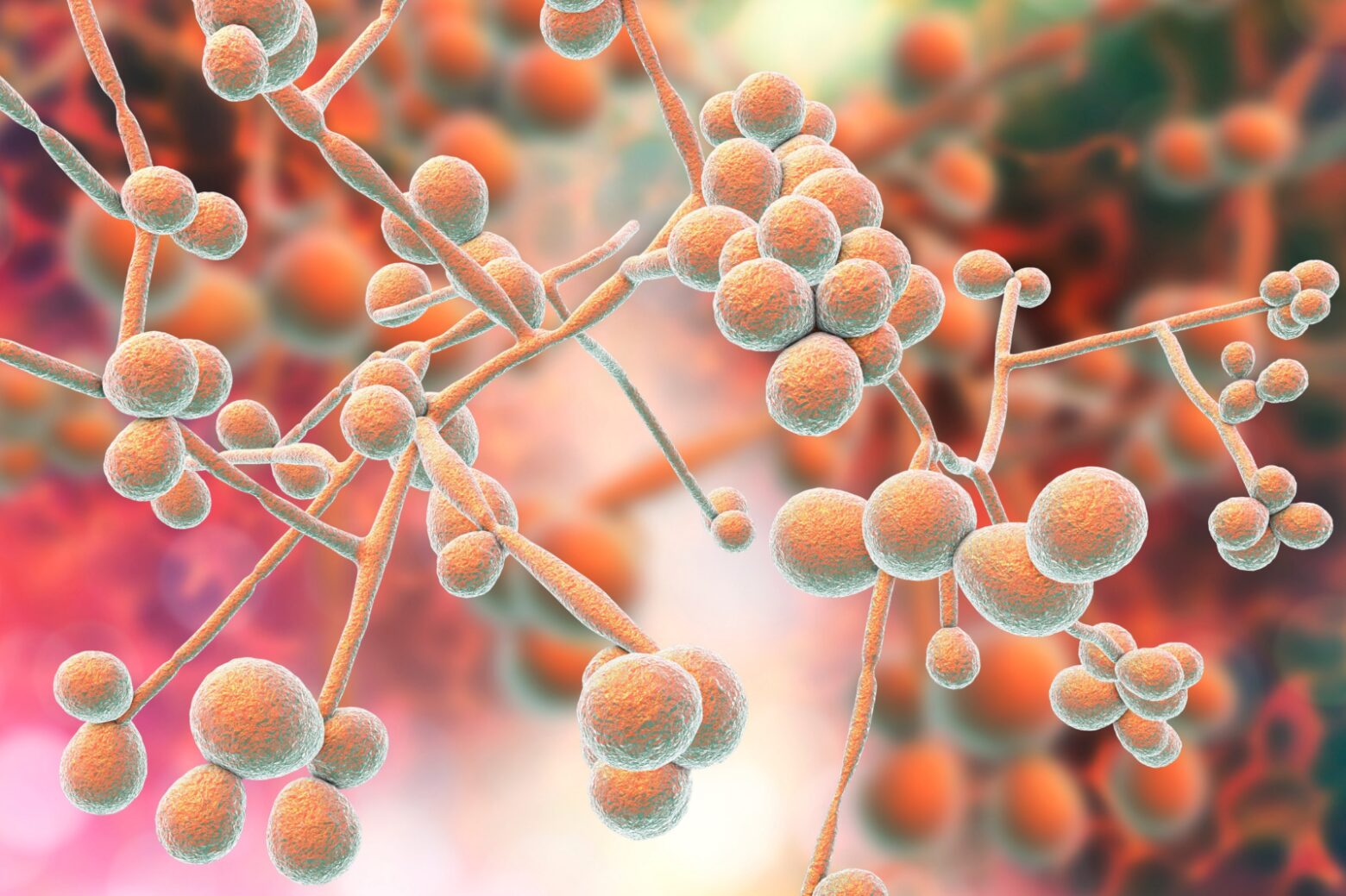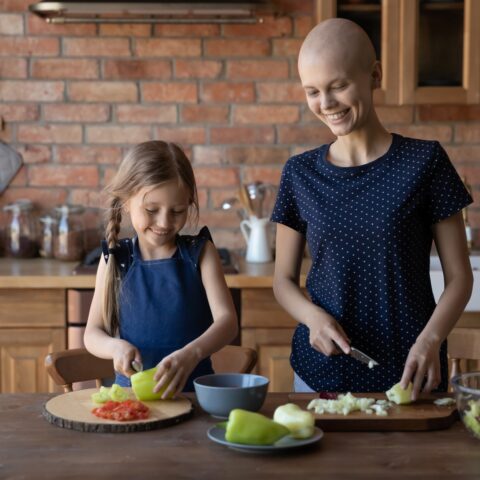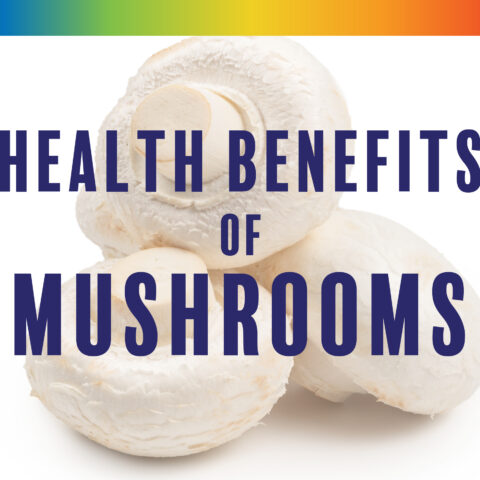Treating Candida with The Paleo Diet

You’ve read about it, you’ve heard about it, and chances are you even know someone who’s dealing with Candida: yeast overgrowth in the gut.
What is Candida?
Candidemia, the most common form of invasive candidiasis, is one of the most widespread bloodstream infections in the United States. It’s estimated that approximately 46,000 cases of healthcare-associated invasive candidiasis occur each year in the US and overall, candidemia rates have increased over the past 20 years.1
65+ populations exhibit Candida most where scientists suspect the prevalence of risk factors including diabetes, ICU admissions, or use of immunosuppressive therapies play a role.2
Candida albicans is a naturally occurring, usually benign yeast that grows in the gastrointestinal tract, but when it over-proliferates in the body, the symptoms can be debilitating:3
- Painful and persistent gas and bloating
- Recurrent yeast infections in women
- Constipation, or diarrhea
- Migraines
- Weight gain
- Depression and brain fog
- Skin issues like eczema and acne
- Food sensitivities
- Fibromyalgia or chronic fatigue syndrome
How to treat Candida
If you’re avidly perusing the Paleosphere, you know inflammation and illness often start in the gut and are direct attributes to what we’re eating. Some go so far as to suggest that nearly everyone is suffering from candidiasis in some way, shape or form. If you have intestinal candidiasis, overgrowth of Candida in the small intestine, not only are there no risks to following The Paleo Diet, its optimal for all us.
Why?
Let’s look at some basic recommendations for what someone with a diagnosis of candiasis should and should not eat, courtesy of Dr. Brent A Bauer, MD of the Mayo Clinic.4
“Some complementary and alternative medicine (CAM) practitioners blame common symptoms such as fatigue, headache and poor memory on intestinal overgrowth of the fungus, like organism Candida albicans, or “yeast syndrome” and to cure the syndrome, they recommend a candida cleanse diet, which includes no sugar, white flour, yeast and cheese, based on the theory that these foods promote Candida overgrowth.”
He goes on to note that, “While there are no clinical trials that document the efficacy of a Candida cleanse diet for treating any recognized medical condition, many people note improvement in various symptoms when following this diet. If you stop eating sugar and white flour, you’ll generally wind up cutting out most processed foods, which tend to be higher in calorie content and lower in nutritive value.”
Anyone who has taken the time to properly implement The Paleo Diet can vouch that after a brief transitional period, where you move to replace processed foods with fresh ones, you start to just feel better.
Because yeast thrives on sugars, it’s important to restrict sugar intake when combating a Candida infection, and remove allergenic foods and stimulants from the diet.5
If we focus upon nourishing our bodies with the rich nutrients we get from a Paleo approach, we boost our immune systems, balance our blood sugar levels, and ultimately, deny the yeast the food it needs to thrive, namely refined carbs.
How to fight off excess yeast
Maura Henninger, N.D., suggests the following tips as published in Huffington Post6:
- Starve the yeast: no sugar, which will feed the Candida. No fruit in the first two weeks of treatment, then fruit is limited to two low-glycemic choices. No milk, which has the sugar lactose that tends to promote yeast overgrowth and in some cases, because milk can contain antibiotics, can promote overgrowth. No yeast-containing foods such as alcohol, peanuts, melons are recommended. Finally, remove food sensitivities.
- Repopulate the gut with probiotics. Fermented foods are great for repopulating the gut with good bacteria including Kimchi, sauerkraut and coconut water.
- Finally, increase the consumption of certain foods which may help to kill off the overgrowth:7
- Monounsaturated fats to aid in fighting inflammation
- Onions to help flush excess fluid from the body
- Cruciferous veggies including broccoli, cauliflower and cabbage have compounds containing sulfur and nitrogen which kill Candida
- Herbs and spices including ginger, cinnamon, cayenne pepper, garlic and cloves for their anti-fungal and anti-inflammatory effects
- Seaweed, a source of iodine, which aids in balancing thyroid levels, particularly helpful for Candida sufferers who commonly experience hypothyroidism or symptoms of fatigue, weight gain, skin problems and mental fog.
It’s clear that eating Paleo not only supports good health generally, but also helps in fighting off uncomfortable, persistent symptoms of chronic yeast overgrowth.
References
[1] “Invasive Candidiasis Statistics.” Centers for Disease Control and Prevention. Centers for Disease Control and Prevention, 12 June 2015. Web. 21 Sept. 2015
[2] Cleveland AA, Harrison LH, Farley MM, Hollick R, Stein B, Chiller TM, et al. Declining Incidence of Candidemia and the Shifting Epidemiology of Candida Resistance in Two US Metropolitan Areas, 2008-2013: Results from Population-Based Surveillance. PLOS ONE. 2015
[3] Henninger, N.D. Maura. “Five Steps to Treating Candida Overgrowth, Naturally.” The Huffington Post. TheHuffingtonPost.com, n.d. Web. 21 Sept. 2015
[4] “Consumer Health.” Candida Cleanse Diet: What Does It Treat? The Mayo Clinic, n.d. Web. 21 Sept. 2015
[5] “Foods Not to Eat With Candida.” LIVESTRONG.COM. LIVESTRONG.COM, 11 Mar. 2014. Web. 21 Sept. 2015
[6] Henninger, N.D. Maura. “Five Steps to Treating Candida Overgrowth, Naturally.” The Huffington Post. TheHuffingtonPost.com, n.d. Web. 21 Sept. 2015.
[7] “Foods That Help Kill Candida.” LIVESTRONG.COM. LIVESTRONG.COM, 04 May 2015. Web. 21 Sept. 2015




